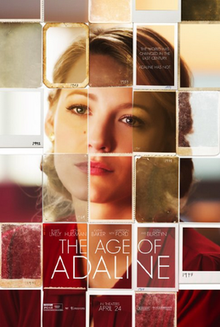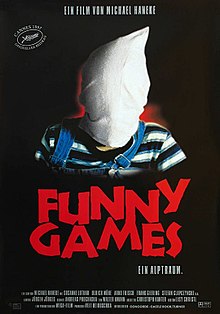
Released: April 7th, 1974
Rated: PG
Distributor: Paramount Pictures
Starring: Gene Hackman, John Cazale, Allen Garfield,
Michael Higgins, Cindy Williams, Frederic Forrest, Harrison Ford, Robert Duvall
Directed by: Francis Ford Coppola
Written by: Francis Ford Coppola
Personal Bias Alert: likes to pretend to have privacy, intrigued by its Palme d’Or win
7.5 of 10
How
good do you have to be to have two films up for Best Picture at The Oscars in
one year? You have to be as good as
Francis Ford Coppola, Alfred Hitchcock, Steven Soderbergh, and the seven other esteemed
men who’ve achieved the feat. If you
hadn’t guessed, The Conversation was
a Best Picture nominee in 1974, losing to Coppola’s The Godfather: Part II. You have to wonder what that ceremony was
like for the cast and crew of the losing Coppola film. They were undoubtedly happy for him, but it’s
easy to imagine a vein of resentment, a wish that he had staggered these two
out a bit so their film could get its due.
Posterity seems to agree with The Oscars, as The Conversation has faded into obscurity while The Godfather: Part II routinely comes up in discussions of
the best film of all time. It’s must be
tough to always be compared to something so great, but The Conversation has its own merits and perhaps has faded more due
to the changing times than any real flaw.
Harry
Caul (Gene Hackman) is a private investigator with a knack for gadgets that’s
landed him a revered status within his profession. The jobs he’s pulled off are contemplated and
discussed over beers and cigars by his colleagues but has left him leery and
suspicious that someone might be watching him at all times. A more closed book would be difficult to
find, and Hackman isn’t an obvious choice for the part. But great actors can surprise you, and
Hackman is a great actor. The way he
portrays Harry’s constant discomfort as if he’s continuously on his heels and
ready to spin away at any moment is a subtle choice, as is his ill-fitting
wardrobe and odd jacket. As to be
expected with a character like Harry, it’s the quiet moments where Hackman shines,
and there’s several such instances where Hackman engenders such deep empathy for
the troubled man that it only seems respectful to turn away and give him the
privacy he so desires.
The
near-impossibility of maintaining your privacy is the obvious primary theme of
the movie, and this film predates the widespread use of the internet and the crumbling
of personal privacy that it brought along with it. Nowadays, most people know that everything in
life is tracked, from the purchases you make to your phone calls to your
mother. That knowledge has made us a bit
less bothered by the idea of surveillance, but mostly it remains out of people’s
minds, catalogued away with the other things in life that’s easier not to think
about. The spotlight that The Conversation puts on this fact and
the well-researched lengths it goes to describe exactly how you can be
monitored is still troubling, but the bite has lost some force now that we know
our correspondences are saved by the government and that Target sends us
personalized coupons.
What
still works fully is a subplot about Harry being racked by guilt over the
potential ramifications of his work.
There’s illusions to a past job where someone may have been hurt because
of the information Harry collected, and the conversation he records in the
riveting opening sequence of the film begins to remind him of that case. He wrestles for the rest of the film over
whether he should turn over the tapes or keep them to himself, a
personification of his own inner debate about his culpability in his cases that’s
compounded by a healthy dose of Catholic guilt.
Between this and Harry’s monitoring paranoia, Coppola and team created a
deep and well-rounded character that has almost certainly slinked through the
real world before.
The Conversation is, at heart, a
character piece, and it nails its portrait of a lonely, self-isolated man. Even if his paranoia isn’t the most relatable
in today’s world, Harry is a character that’s sure to ingrain himself into your
brain even as he desperately tries to slide on through.
Other
Notes
Ø There’s
some moments at the end that go a bit too big for my taste.
Ø I
liked how they used the repetition of the conversation to show Harry’s deep-seeded
interest in the people he observes.
Ø What
was with that translucent coat?








